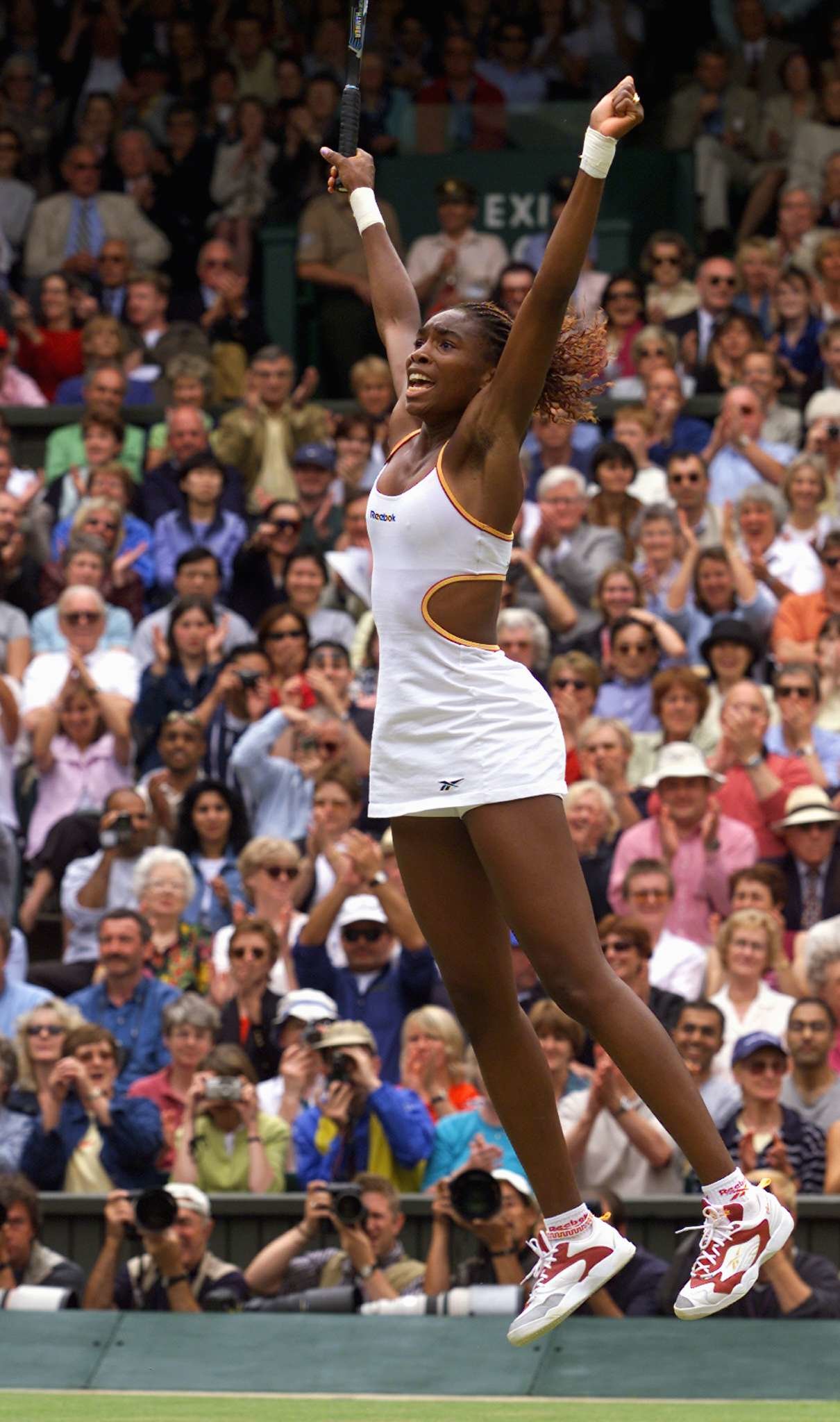
Sports of The Times: Venus Williams Is in the Top 10. Stop Talking About Her Age.
“There are a lot of explanations,” she said. “But I all I can say is that I’m grateful.”
I am grateful, too. Not just for her resurgence, but for her presence. This season has been a reminder of how much richer the sport of tennis is with her sparkling inside it.
Williams is obviously much closer to the end of her career than the beginning. How close, only she knows. So it’s natural to wonder if this tournament or that one will be her last hurrah, or if this might be the last time you see her at the U.S. Open, rocketing balls as fiery as comets into the opposite court. It’s appropriate to feel nostalgic.
But it’s also another chance to forget all that, a time to just soak in her grace and her power once again, to marvel at her 120-plus-miles-per-hour serves and her lithe and long-limbed elegance. It’s a time to salute her exemplary sportsmanship, her qualifying-tournament ego in a Grand Slam body.

Credit
Yuri Kadobnov/Agence France-Presse — Getty Images
The inevitable reflections, appreciations and odes written about her in the coming weeks may point out how amazing it is for Williams to still be so good when her opponents are mostly so young. Maybe they will compare her to the 36-year-old Roger Federer, who has been getting this look-at-the-old-person-play treatment for a couple of years, or to Rafael Nadal, who, at 31, has too become a veteran, creaky joints and all.
Soon Venus’s younger sister Serena, 35, will begin to hear this when-will-she-retire talk, when she returns from having her first child.
But here’s a way for players to navigate the tricky path of daring to age while the world watches: They should study Venus.
So it somehow feels wrong in this moment, now that Venus Williams is back at the top of her game — a Grand Slam finalist again, a top-10 player, a successful businesswoman who quietly earned a college degree and is working on her master’s — to focus on her age or suggest that this should be her final chapter.
If there is one tennis player who could understand the burden of competing as a remarkable champion whose age has become the story, it’s another woman who made it to the Wimbledon final at age 37. That’s Martina Navratilova, whose last major final came in 1994, only months before she retired from singles competition. So earlier this month, I called her, tracking her down in a Moscow hair salon.
Navratilova, 60, sees a lot of similarities between herself and Williams, but she also said that the primary ones have nothing to do with age. They have to do with how each survived, and thrived, in a lifetime of scrutiny.
“You could see that she doesn’t validate herself as a human being based on if she wins or loses, and I think neither did I,” Navratilova said. “You just don’t go around thinking of yourself as a winner, or better than anyone else.”
While the Williams sisters were outsiders in the tennis world from the start — groomed by an overbearing father before blossoming as individuals — Navratilova emerged from a different kind of crucible. She defected from Czechoslovakia, at 18, and fended for herself on tour for six years without a country. Later, she endured the fallout from her coming out as a bisexual — she later identified as a lesbian — in an era far less accepting of such disclosures from elite athletes.
Continue reading the main story


